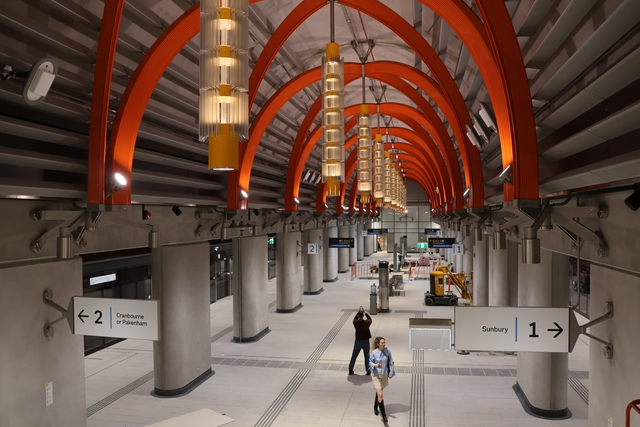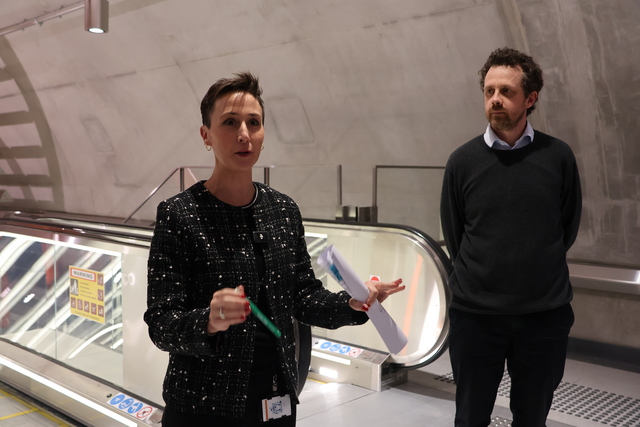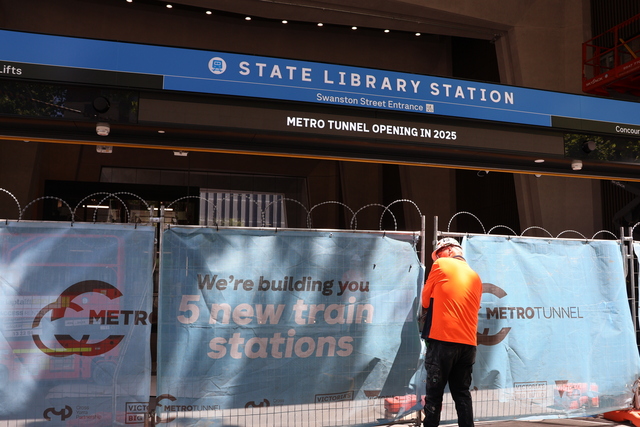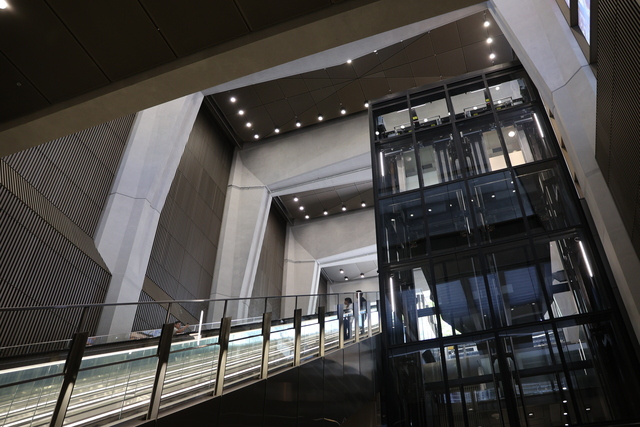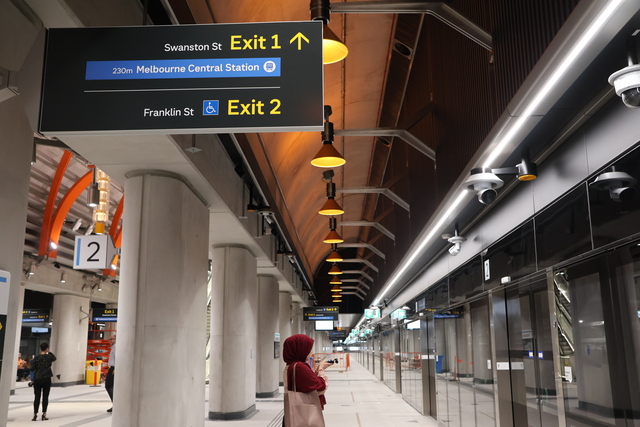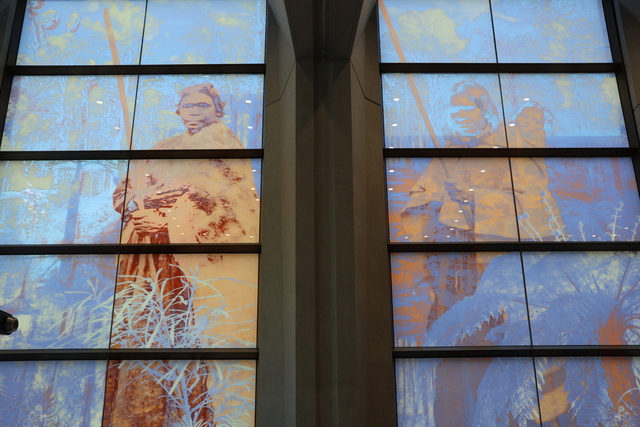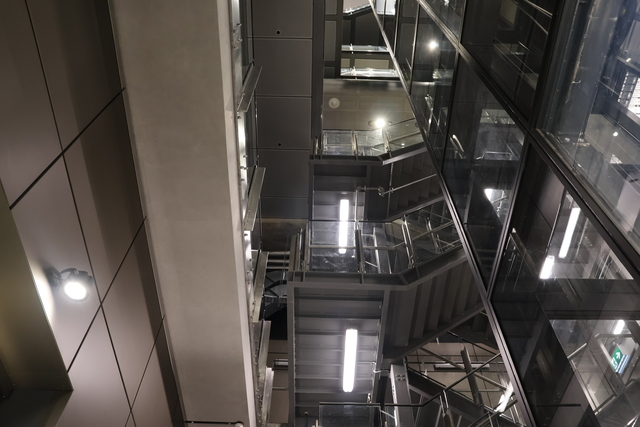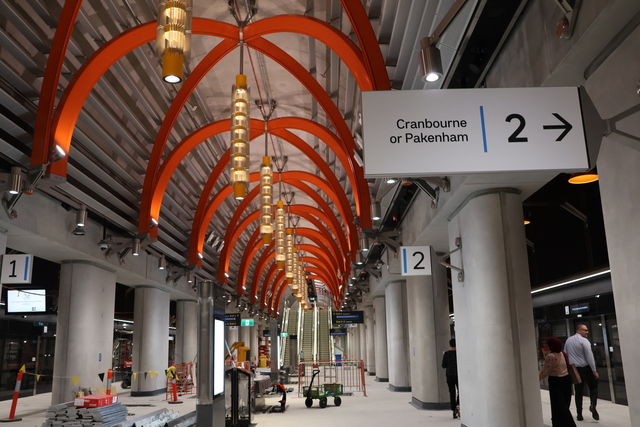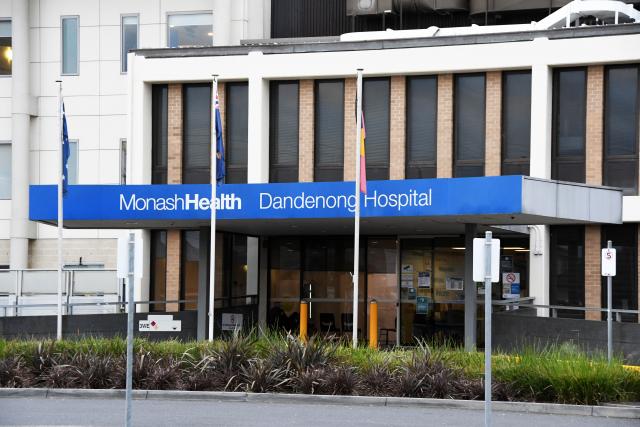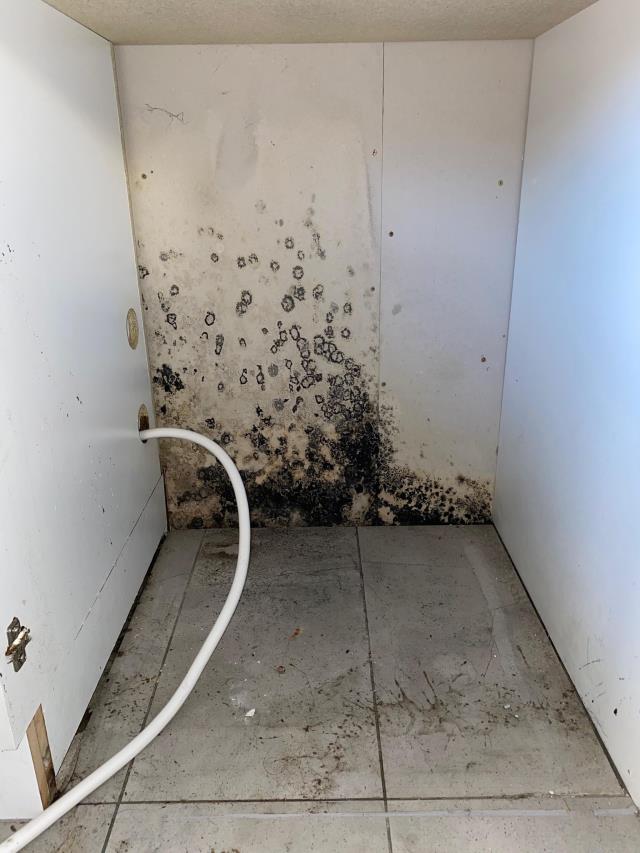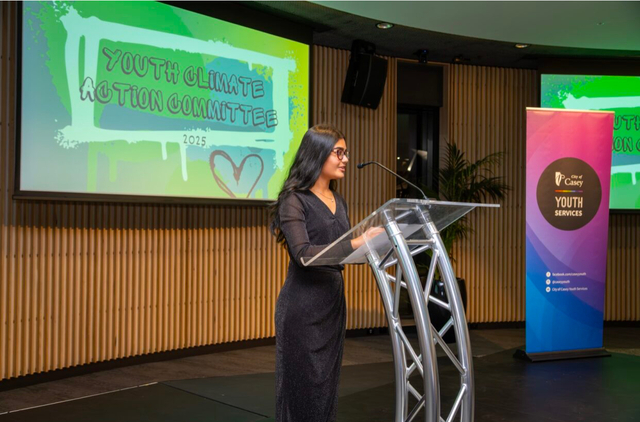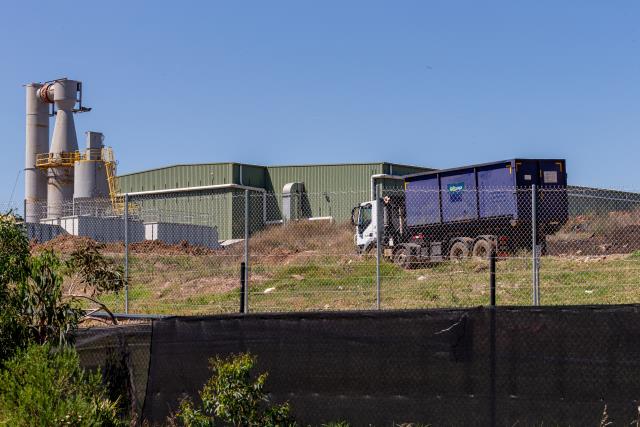The city’s mega-project, the $13.5 billion Metro Tunnel, will fully launch on 1 February 2026.
A partial opening will begin in early December.
Hailed as the biggest network change since the City Loop 40 years ago, the Metro Tunnel links the Cranbourne and Pakenham lines in the south east with the Sunbury line in the north west.
Trains on these lines will no longer travel through the City Loop, instead running through a brand-new underground corridor with five new stations: Arden, Parkville, State Library, Town Hall, and Anzac.
Why is the Metro Tunnel being built?
Transport Infrastructure Minister Gabrielle Williams said the City Loop is at capacity.
“What that means is that it’s effectively a significant barrier to us being able to add services around the network for generations to come, which is where the Metro Tunnel comes in,” she said.
“At any given point in time, there is a range of different infrastructure projects that we could do, just about every train line in the network. We’re always looking at what the next wave of projects is.
“But until you address the problem of the City Loop, the fact that that was at capacity, none of those other projects would really deliver the value that you’d want to see from them because they’re always going to hit that choke point at the City Loop.
“Now that we’ve done this and freed up that choke point, it then makes possible a lot of other things.”
When the tunnel opens to passengers on 1 February 2026, it will offer more frequent services on those lines: over 1000 new weekly services for the Sunbury line, and over 100 new weekly services for the Cranbourne and Pakenham lines. A “turn-up-and-go” service.
By then, as the City Loop has been freed up a bit, the Frankston line will return to the City Loop, running via the loop stations such as Parliament Station, Melbourne Central Station, and Flagstaff Station.
According to Victoria’s Big Build, this increase in services means passengers from West Footscray to Dandenong will have a train at least every 10 minutes all day, every day of the week. Peak services will be on average every 3 to 4 minutes for passengers between Watergardens and Dandenong.
Full timetables will be available ahead of February 2026, so commuters can plan their journey.
Ms Williams said the Metro Tunnel stands apart from other major rail projects around the world, even from Sydney Metro or London’s Crossrail, because of how deeply it is woven into Melbourne’s existing network.
Unlike those standalone systems, the Metro Tunnel is a fully “integrated network”, sharing tracks with suburban, regional, and even freight services.
“You can’t timetable it on its own,” the Minister said, noting that key interchange stations like Footscray and Caulfield link multiple corridors.
This means that when the State flips the switch on 1 February 2026, it won’t just be introducing a new timetable for one line. Instead, it will be retimetabling almost the entire metropolitan network, including buses, to align with the new rhythm of train services.
The project’s cost is $13.48 billion, excluding extra funding from the project’s major contractor. The cost has increased by around 23 per cent from its original budget ($11 billion) in 2016.
The planning work first started in April 2015, and the major construction began in August 2019.

